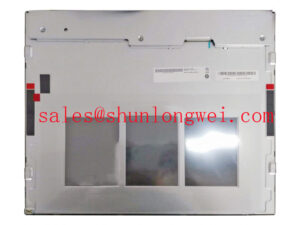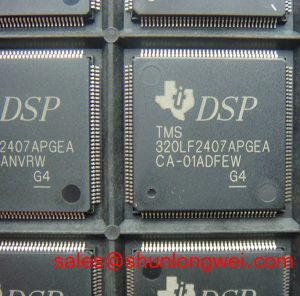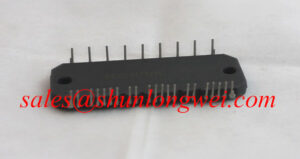Synthetic playing surfaces with rubber or sand infill are now used on many athletic fields such as soccer, football and rugby. Although these surfaces may come closer to the mechanical characteristics of a true grass playing surface than the older turf designs, their potential effects on lower extremity biomechanics and related injury rates necessitate further study. The purpose of this study was to examine the effects of two surfaces (natural grass versus turf) on in-shoe foot loading patterns during cutting. Seventeen male football players were tested on a slalom course. An in-shoe pressure distribution measurement insole was used in the right shoe (14 stud, molded cleat) of each athlete. Individual cutting steps were extracted from each slalom trial and peak pressure and relative load calculated in nine distinct plantar regions of the foot. The turf condition had significantly higher peak pressures within the central forefoot (turf: 646.6+/-172.6 kPa, grass: 533.3+/-143.4 kPa, P=0.017) and lesser toes (turf: 429.3+/-200.9 kPa, grass: 348.1+/-119.0 kPa, P=0.043) compared to grass. In contrast, the relative load within the medial forefoot (turf: 27.2+/-5.3%, grass: 30.2+/-6.6%, P=0.031) and lateral midfoot (turf: 3.4+/-1.8%, grass: 4.1+/-2.3%, P=0.029) were higher during the grass condition. No differences between the grass and turf were found in maximal effort sprint times performed prior to the testing trials. This study demonstrates that playing surface significantly affects plantar loading during sport related activities. Further epidemiological investigation is warranted to determine the effects of playing surfaces on sport specific injury mechanisms.
Ideastep Insole Factory offer orthotics insole, provide OEM & ODM Orthotics.
Your Sole Insole Shop provide Orthotics for Flat Feet, High arch, Plantar Fasciitis, Heel Pain…
[banner group='banner-group']


